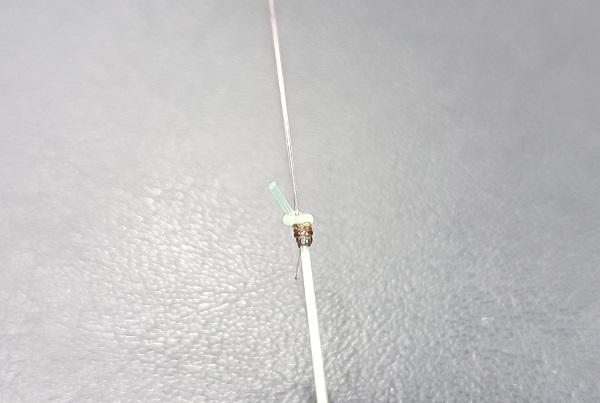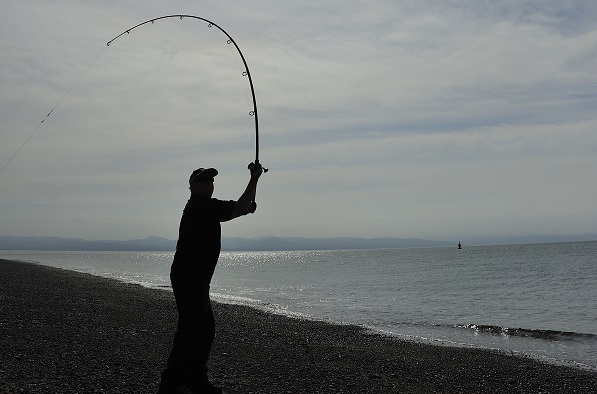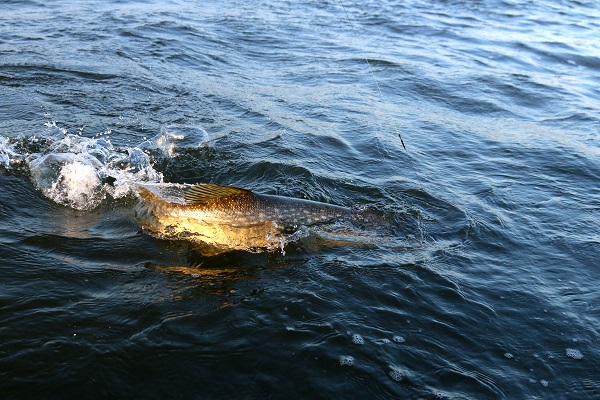There are all sorts of fancy ways to connect your shock leader, but this is our expert’s choice, particularly when on the beach.
A Google search for angling knots throws up scores of them, ranging from the familiar to the frankly weird. Which one do we need for beach fishing? Strength and reliability top the list. A small, neat knot that speeds cleanly through the rod rings is the obvious priority for attaching a shockleader. It helps if the knot can be trimmed neatly to avoid trapping weed and other muck on the tag ends. And surely the more versatile a knot is, the better?
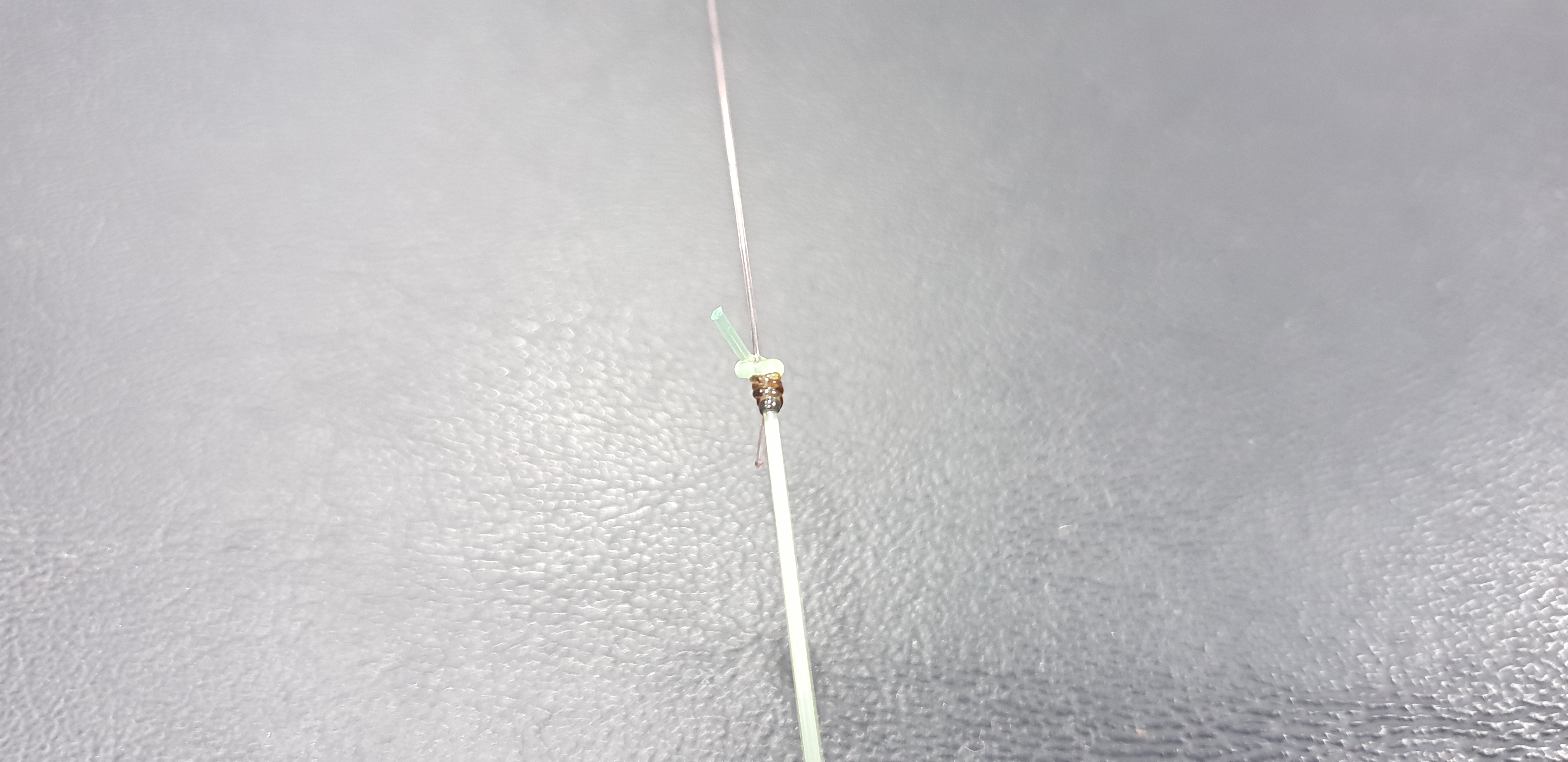
The critical factor, is how easy a knot is to tie on the beach, especially in poor conditions and where speed counts. Most anglers don’t mind spending a happy hour at home messing about with all kinds of knots purely to see how they work and how strong they are. Some of the complex hitches developed to form the best possible connection between disparate materials are works of art. They are perfect to connect braids of widely different diameters, braid to monofilament or braid or monofilament to trace wire. Many of them offer a technical edge as well, including strength and abrasion-resistance, which can be the make or break factor in big game fishing or with ultra-light tackle.
NO-BRAINER
Knotting adventures are all very well for armchair entertainment, but the whole thing usually collapses in the harsh (and often wet and freezing) reality of beach fishing UK style. We’ve all spent hours at home perfecting a wonderful leader knot. Then first cast on the beach, we’ve watched the bait soar away as smooth as silk. And that was the last we’ve seen of our super-knot, for the rig snagged in rocks and we’ve lost the lot. It was a simple choice: struggle for ages by torchlight with wet hands to recreate our magic hitch, or go back to my familiar old leader knot and be fishing within a couple of minutes. A no-brainer, surely? We use the uni-knot almost exclusively. Other knots come and go, but the uni-knot and its variations soldier on, as useful for most braid and hi-tech monofilaments as it is with ordinary nylon. It is easy and quick to tie and snugs down into a neat barrel of coils. Its wet knot strength is around 90 per cent of the line’s breaking strain, and in our experience that applies almost regardless of line material.
Fixing thin braid to monofilament can be a touch awkward and carries some risk of having the braid cut into softer nylons. However, doubling the strand of braid before tying seems to cure that. We are not saying that this is the right knot for everybody, especially where hi-tech lines and specialist fishing methods are involved, but as a simple and versatile means of attaching leaders, tying on hooks, stop knots and rig-making in general, the uni-knot deserves serious consideration for all-round beach work. Although there are a few handy variations on the theme, the basic version is excellent. It is the first knot to learn, and for many fishermen it will also be all they ever need.
HOW TO TIE A SHOCKLEADER TO FISHING MAIN LINE
1. Form a simple overhand knot in your shockleader material.
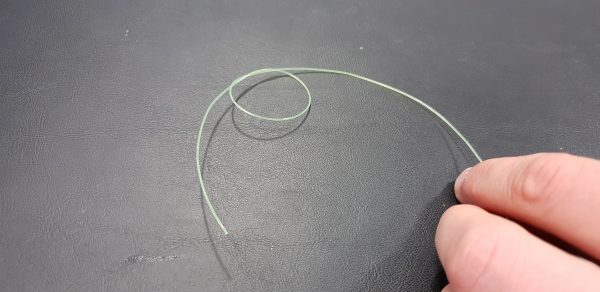
2. Push reel line through on same side of loop that leader exits.

3. Tighten the loop in the leader all the way so it grips the reel line.
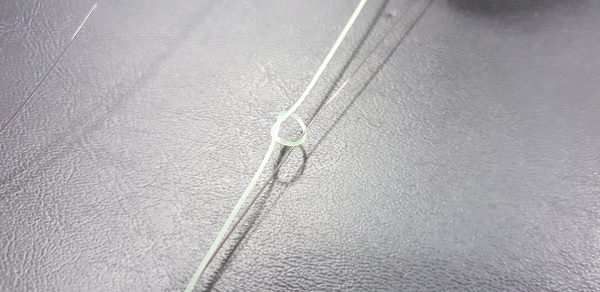
4. Form a loop in the reel line and hold it against the shockleader.
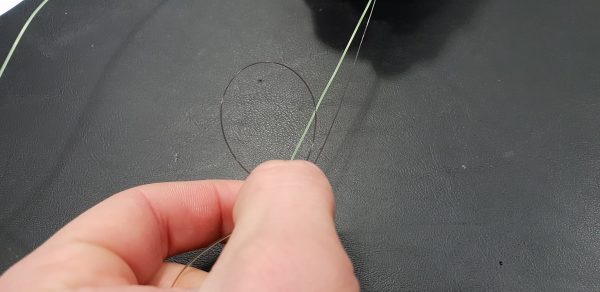
5. Take around leader and through loop five times. Pull gently.

6. Tighten the reel line coils and slide up to knot in the leader. Wet line, tighten fully and trim reel line about 2mm from coils.
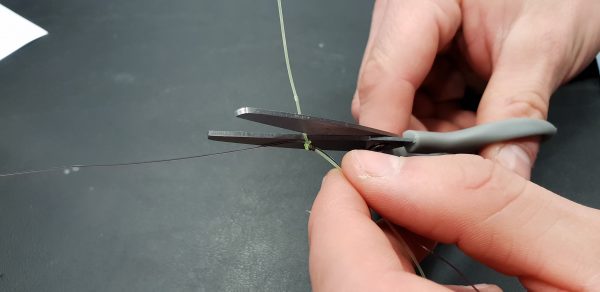
8. Leave 3-4mm of leader as a tag end. It won’t catch in rod rings.

For more information on shockleaders or other sea fishing tackle, please feel free to contact the Angling Active team, or why not check out our full range online by clicking our shop now button.

